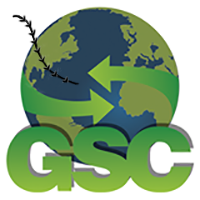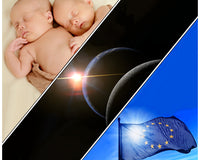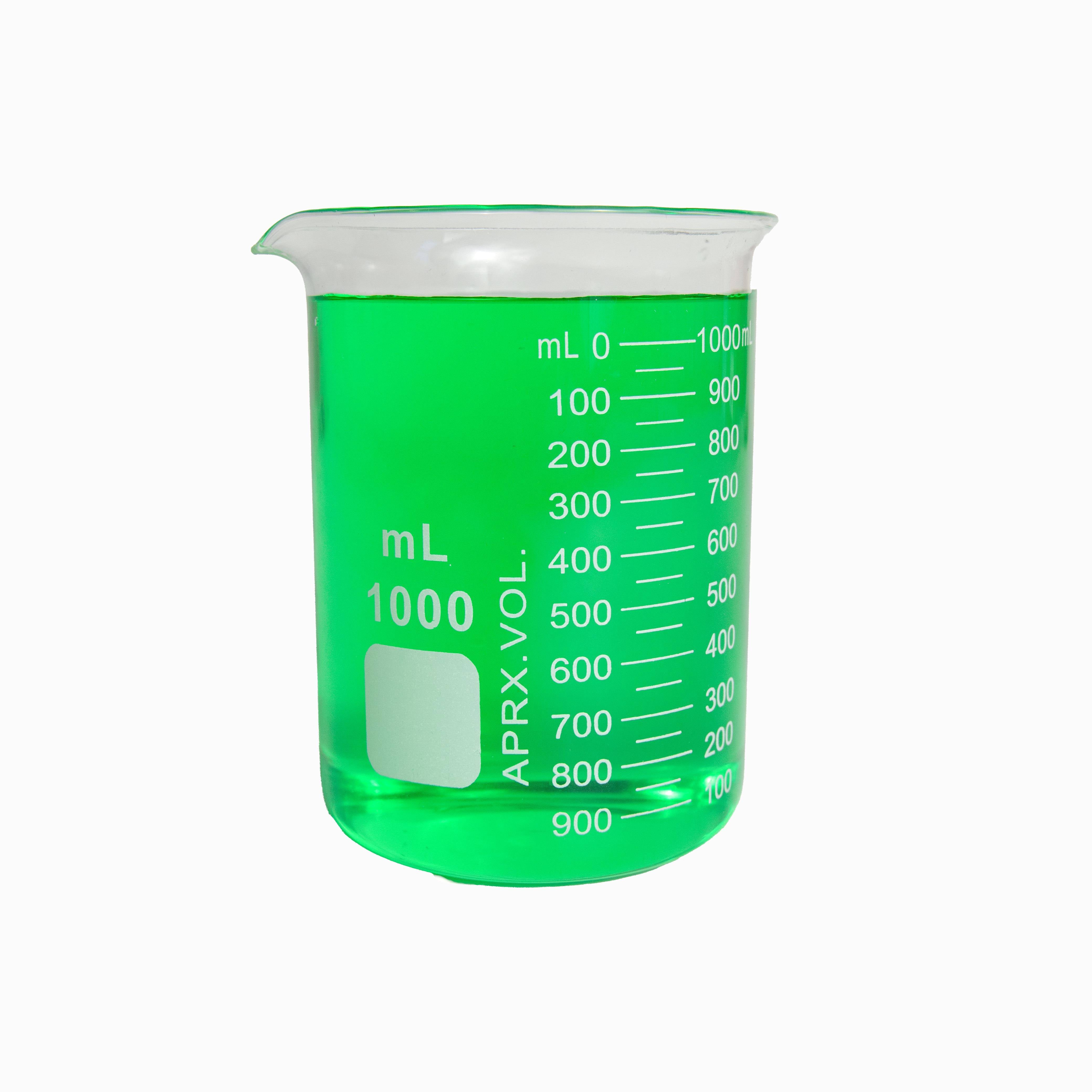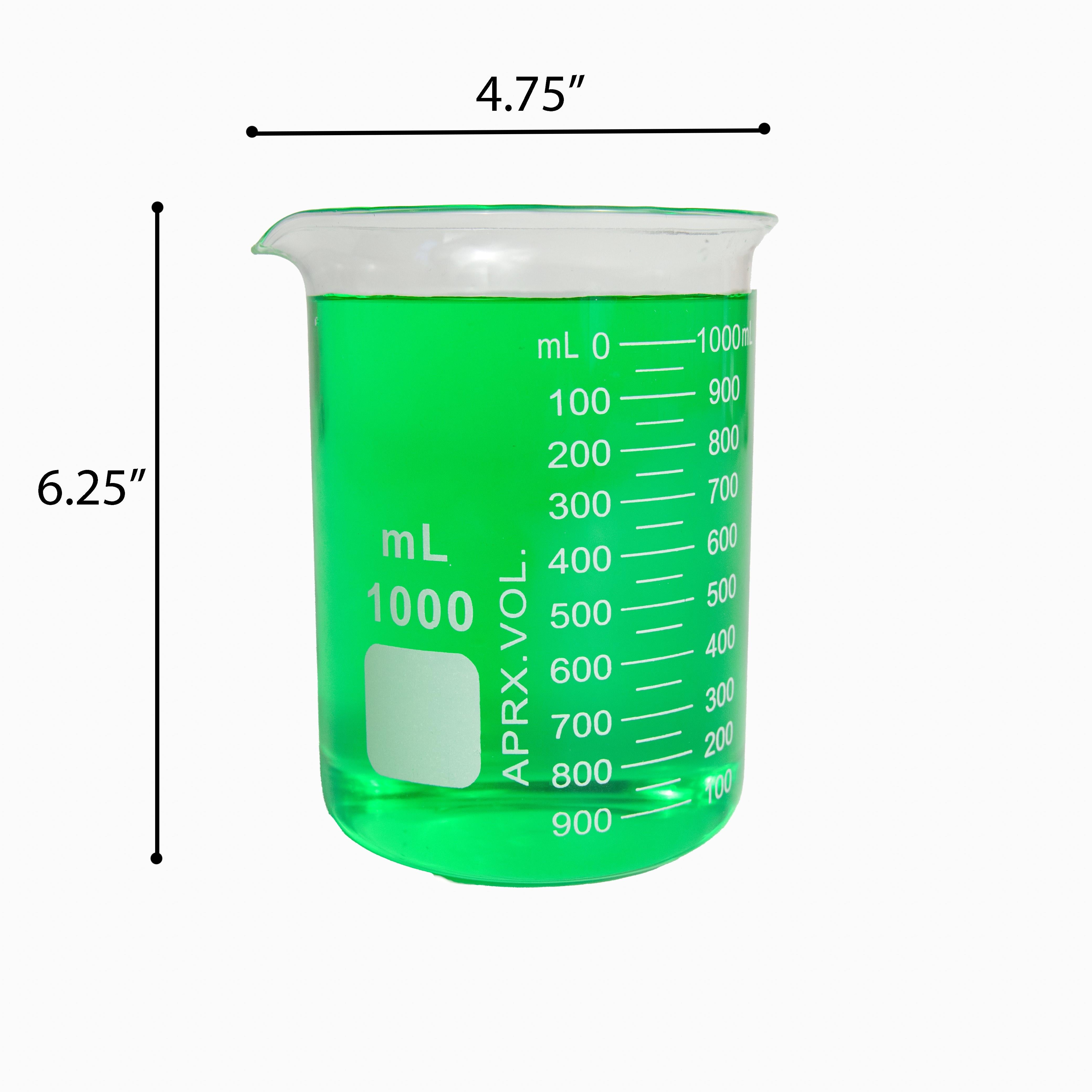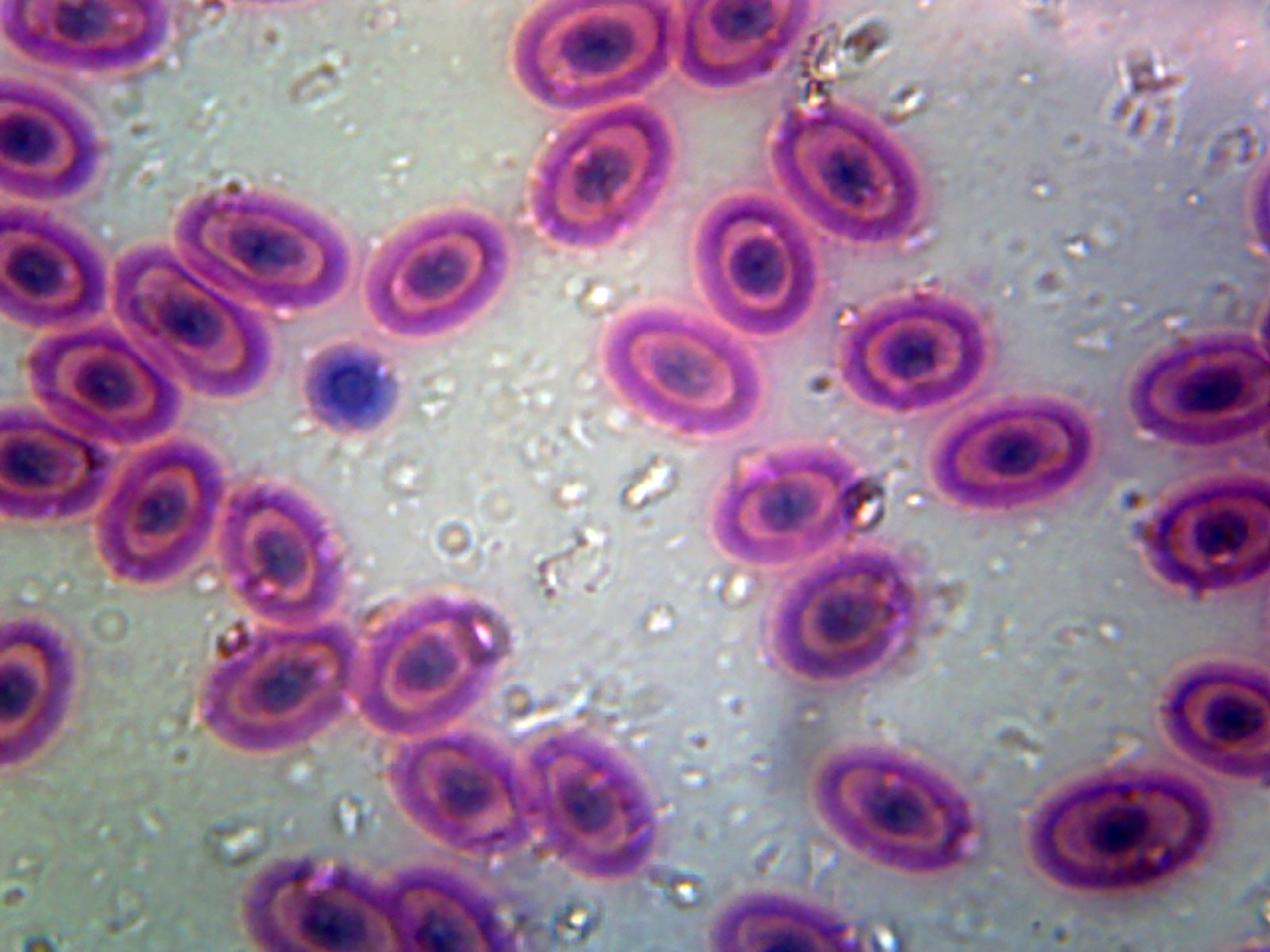I’m not sure that I can get across exactly how excited I am for the total solar eclipse this upcoming Monday. When we think of nature and its awesome sights, we often think about the weather, or geography, or the animal kingdom. We rarely, however, give second thought to the natural world outside of our own atmosphere. We might occasionally marvel at a comet or a meteor shower if we’re able and inclined to go outside at night, but the sun, beautiful in its own right, most often falls into the background of our day-to-day lives. That will not be the case on August 21.
Imagine any ordinary day outside.
Now imagine that same day going something like this – the black disc of the moon slowly begins to take a bite of the right side of the sun, while, to the west, you will see the moon’s shadow dragging across the ground. The gaps between the leaves on trees become hundreds of tiny pinhole projectors, shining hundreds of crescent shapes on the ground. You might even notice a roughly 10˚ Fahrenheit drop in temperature. Just before the eclipse reaches totality, you might catch bright, twinkling flares around the edge of the moon as the sun passes through the moon’s geography. These are known as Baily’s Beads. The sky will get darker and darker, like a sudden twilight at midday. And then, the moon will reach the center of the sun and you’ll be able to see the sun’s outer atmosphere, known as the corona, which is usually impossible to see through the bright light of the sun. After a brief period of totality lasting up to a total of around two minutes and forty seconds, the moon will start leaving the disc of the sun, the crescent of the partial eclipse will grow, and, just like it came, the eclipse will end and the sun will return to normal.
Total solar eclipses are a rare sight, and are sure to stick with you for life. Though we all know how immensely huge space is, it can feel like a flat painting on the sky when we’re not paying attention. The eclipse, however, should give you a real, three-dimensional sense of our place in the solar system. Think of it like this: us on Earth are only able to view this event only because the perfect distance and size of both the sun and the moon allow for it to happen. This is purely a coincidence of cosmic geometry. If the moon were too small or too far from us, we wouldn’t get to see the corona as well as we do. And if it were too large or too close, the sun could be blocked entirely. This clip from NASA helps to better visualize what is happening on a cosmic scale. Also, check out NASA’s comprehensive list of eclipses past, present, and future for a better understanding of just how uncommon a total solar eclipse is. This Wikipedia page also provides a good visualization of each solar eclipse to pass over the United States from 1901 to 2050.
With all that said, I hope that you can better understand my excitement and that I have maybe passed some of it onto you.
If you are planning on viewing the eclipse, keep in mind, DO NOT LOOK AT IT WITHOUT EYE PROTECTION! The sun can quickly damage unprotected eyes. Here are several ways to safely view it:
- Use eye protection that is compliant with ISO 12312-2 standards. NASA suggests following the American Astronomical Society (AAS) list of Reputable Vendors of Solar Filters & Viewers. You will also find filters that follow the same standards for you to use on cameras and scopes.
- Use projection to view the sun. NASA shows here how to create a pinhole projector from a cereal box. You can also follow this process from Instructables.com user ChrisMentrek that shows you how to create an enhanced projector using a pair of binoculars and some PVC pipes.
- Project it through your fingers. Just like I mentioned earlier, the shadows from the leaves of trees will create hundreds of crescents on the ground. This same sort of projection can be quickly improvised by turning your back to the sun, creating a pound-sign (#) with your fingers, and observing the shadows on the ground.
- View it online. If you are not in the path of totality or can’t make it outside, NASA is also broadcasting a live stream on the day of the eclipse.
The eclipse is almost exactly five days from now as I type this. I hope you are as excited as I am to witness it (safely, of course). I’d love to hear anyone’s plans for viewing the eclipse. Will you be “sick” that day at work or school to go to a planned viewing party? Or will you just step outside when the time comes? Are you traveling or is the eclipse cutting through your backyard? Will you be looking through glasses, a filtered scope, or a projector set up?
Check back next week to read about my experience and to share your own!
Written By: Jacob Monash

